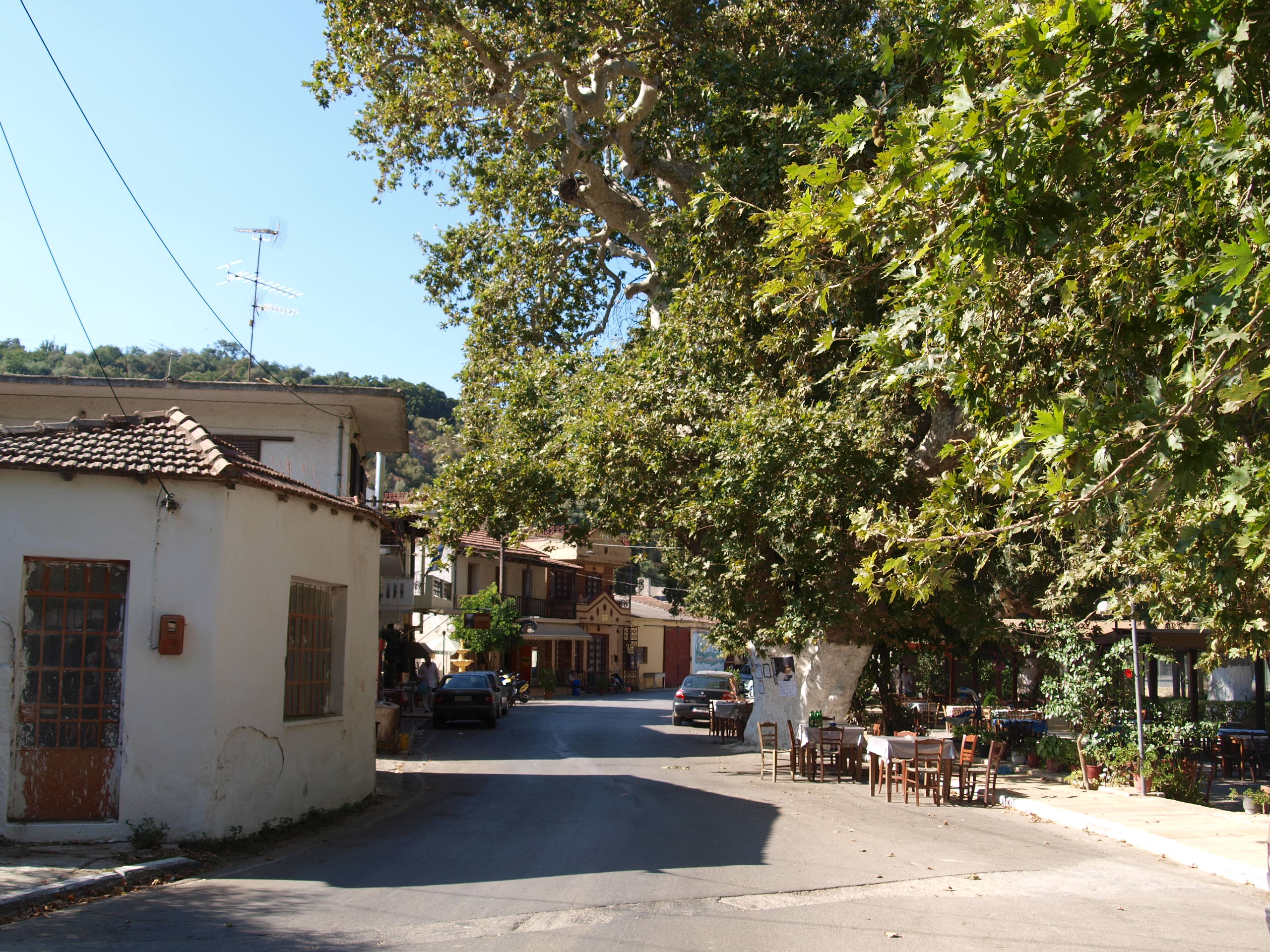Stylos on:
[Wikipedia]
[Google]
[Amazon]
 Stylos or Stilos () is a village and part of the
Stylos or Stilos () is a village and part of the
 Stylos or Stilos () is a village and part of the
Stylos or Stilos () is a village and part of the Apokoronas
Apokoronas () is a municipality and a former province (επαρχία) in the Chania regional unit, north-west Crete, Greece. It is situated on the north coast of Crete, to the east of Chania itself. The seat of the municipality is the village Vry ...
municipal unit in the Chania regional unit of the Greek island of Crete
Crete ( ; , Modern Greek, Modern: , Ancient Greek, Ancient: ) is the largest and most populous of the Greek islands, the List of islands by area, 88th largest island in the world and the List of islands in the Mediterranean#By area, fifth la ...
. The Greek etymology of the name of the village is 'column' or 'pillar'. No existing topographical or surviving architectural feature could account for this naming.
In the Minoan time a large and important Minoan settlement (mentioned in Linear B as a-pa-ta-wa) was located here. When it declined, its name was given to the city of Aptera that was built approximately 1.5 km away from Stylos.
The village is laid out to the south side of the road from Megala Chorafia to Neo Chorio. The two-aisled Byzantine
The Byzantine Empire, also known as the Eastern Roman Empire, was the continuation of the Roman Empire centred on Constantinople during late antiquity and the Middle Ages. Having survived the events that caused the fall of the Western Roman E ...
Church of St. John the Theologian stands by the village road, as does a modern domed church. Next to the Church of St. John, the fossilized remains of the extinct Sirenia sea mammal Metaxytherium medium, can be seen.
The Etanap (Greek ΕΤΑΝΑΠ Α.Ε. - Επιτραπέζιο Νερό ΣΑΜΑΡΙΑ) bottling plant in the village provides mineral water under the Samaria brand.
On 26 and 27 May 1941, during the Battle of Crete
The Battle of Crete (, ), codenamed Operation Mercury (), was a major Axis Powers, Axis Airborne forces, airborne and amphibious assault, amphibious operation during World War II to capture the island of Crete. It began on the morning of 20 May ...
, Stylos was the site of a battle between the New Zealand and Australian rear guard forces and the Austrian 85th Mountain Regiment that successfully delayed the Nazi invaders' pursuit of the Allied retreat to Sfakia
Sfakiá () is a mountainous area in the southwestern part of the island of Crete, in the Chania (regional unit), Chania regional unit. It is considered to be one of the few places in Greece that have never been fully occupied by foreign powers. ...
. Allied troops that were left behind after the evacuation were subsequently sheltered by locals at great risk of Nazi reprisal. A number of steel helmets from the period hang on the wall of the old village shop.
The land to the north between Stylos and Megala Chorafia is believed to be an important Minoan site, possibly associated with Aptera, or maybe ancient Aptera itself. No systematic excavations have been done but two kilometres north-west of the village at Sternaki there is an excavated Minoan settlement which includes a potter's kiln, a four-roomed building and a Late Minoan tholos tomb with a long road.
Closer to the village, to the north east of the road to Megala Chorafia, the church of Panagia Serviotissa
Panagia (, fem. of , + , the ''All-Holy'', or the ''Most Holy''; pronounced ) (also transliterated Panaghia or Panayia), in Medieval and Modern Greek, is one of the titles of Mary, Mother of God, used especially in Orthodox Christianity and E ...
in the monastery of Agios Ioannis can be seen in the middle of the orange groves. The church can be reached by a narrow track. The church is one of the best examples of Byzantine architecture in Crete. It was built in the middle of the second Byzantine period, the twelfth century, and shows influences of previously developed new forms of church architecture which originated in Constantinople. The church has a typical domed cross-in-square
A cross-in-square or crossed-dome floor plan was the dominant form of church architecture in the middle and late Byzantine Empire. It featured a square centre with an internal structure shaped like a cross, topped by a dome.
Architecture
Archite ...
plan whose supporting drum is on the intersection of the two aisles. The church was restored in the early 21st century as part of a programme of church restoration throughout the regional unit.
North of the village lies the Gorge of Dyktamos, a popular hiking destination.
References
External links
* http://www.minoancrete.com/stylos.htm {{Apokoronas div Populated places in Chania (regional unit) Apokoronas Byzantine church buildings in Greece